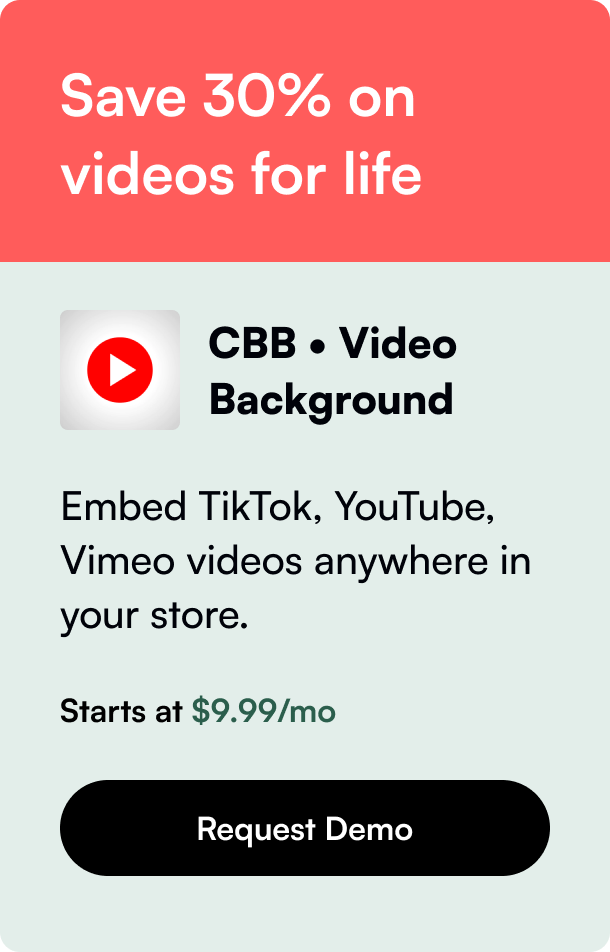Table of Contents
- Introduction
- What is Facebook Pixel?
- Why Connect Shopify to Facebook Pixel?
- Step-by-Step Process to Connect Shopify to Facebook Pixel
- Best Practices for a Successful Shopify and Facebook Pixel Connection
- Conclusion
- FAQ Section
Introduction
Did you know that connecting Shopify to Facebook Pixel could significantly boost your marketing efficiency? By leveraging this powerful tool, you can track customer interactions, refine ad targeting, and improve return on investment. But how exactly do you establish this connection, and what are the best practices to reap maximum benefits? Let's unravel the process of integrating Shopify with Facebook Pixel, ensuring you're equipped with knowledge to enhance your business's digital marketing strategy.
What is Facebook Pixel?
Facebook Pixel is a versatile analytics tool that tracks user interactions on your Shopify website after they click on a Facebook ad. By placing a code snippet on your site, it allows businesses to measure the effectiveness of their Facebook advertising efforts. It captures actions, commonly known as "events", that users undertake, informing decision-making and ad optimization.
Why Connect Shopify to Facebook Pixel?
The fusion of Shopify and Facebook Pixel delivers several advantages, including:
- Enhanced Ad Targeting: By understanding user actions, you can create targeted ad campaigns, drawing in prospective buyers more effectively.
- Conversion Tracking: Track down which ads are driving sales and optimize ad spend accordingly.
- Retargeting Capabilities: Re-engage visitors through targeted ads, increasing chances of conversion.
- Informed Decision Making: Gain insights into user behavior and adjust your strategies to match market reactions.
Step-by-Step Process to Connect Shopify to Facebook Pixel
Step 1: Create a Facebook Pixel
- Log into your Facebook Ads Manager.
- Navigate to the Pixels section.
- Click on the 'Create a Pixel' option and follow the setup instructions.
Step 2: Add the Pixel to Your Shopify Store
- In your Shopify Admin, go to 'Online Store' and select 'Preferences'.
- Scroll down to the Facebook Pixel section and input your Pixel ID.
Step 3: Verify the Integration
Confirm that the Pixel is capturing data correctly by using tools like Facebook Pixel Helper or checking the status within your Facebook Ads Manager.
Step 4: Setup Event Tracking
- Standardize events that are most relevant to your business's conversion path, such as page views, product additions to cart, and purchases.
- Ensure events match the actions you're aiming to influence through your Facebook marketing efforts.
Step 5: Optimize and Monitor
Regularly assess the data collected by the Pixel. Adjust your marketing strategies based on the insights gained to increase the efficacy of your advertising campaigns.
Best Practices for a Successful Shopify and Facebook Pixel Connection
- Setup Thoughtfully: Ensure that Pixel is set up on all relevant pages of your website to gather comprehensive data.
- Keep Track of Events: Monitor the performance of different events to understand user behavior in-depth.
- Regularly Test: Use A/B testing for your ad campaigns, evaluate the results driven by the Pixel, and make calculated adjustments.
- Stay Compliant: Ensure you’re following privacy laws and Facebook's advertising policies, particularly in the use of customer data.
Conclusion
Effectively integrating Shopify with Facebook Pixel can transform the trajectory of your online business by presenting rich insights and enabling tailored ad campaigns to drive conversions. By meticulously setting up, consistently monitoring, and adeptly reacting to the data offered by Facebook Pixel, a business can elevate their digital marketing to unprecedented heights, resulting in substantial growth.
FAQ Section
Q1: Do I need to know how to code to connect Shopify and Facebook Pixel? No, connecting Shopify to Facebook Pixel doesn't require coding expertise. You only need to copy and paste the generated Pixel ID into the designated field in Shopify.
Q2: Can I track multiple Pixels with Shopify? Shopify only allows for one Pixel to be directly connected for standard integrations to avoid conflicts and distorted data.
Q3: How quickly does Facebook Pixel start tracking data once connected? Facebook Pixel begins tracking data as soon as it's verified and active, which typically happens instantly upon integration and verification.
Q4: How can I ensure that my customer data is secure? Incorporate best practices for data security, such as obtaining consent for tracking and following regulatory requirements like GDPR for data protection.
Q5: Will Facebook Pixel affect my website's loading speed? Facebook Pixel is designed to have minimal impact on loading speeds when correctly implemented, ensuring user experience remains optimal.







